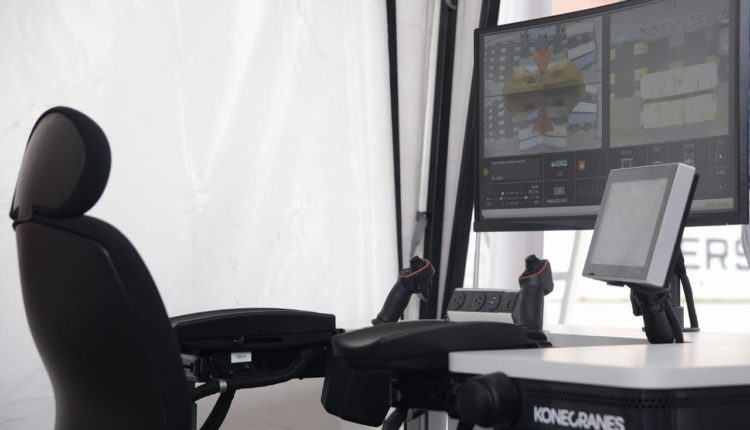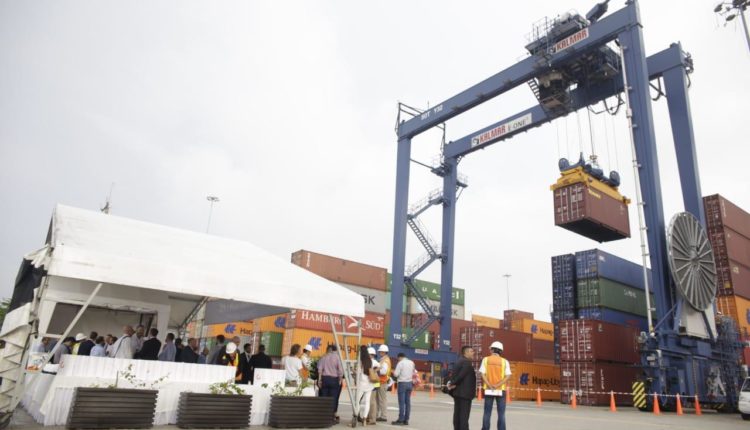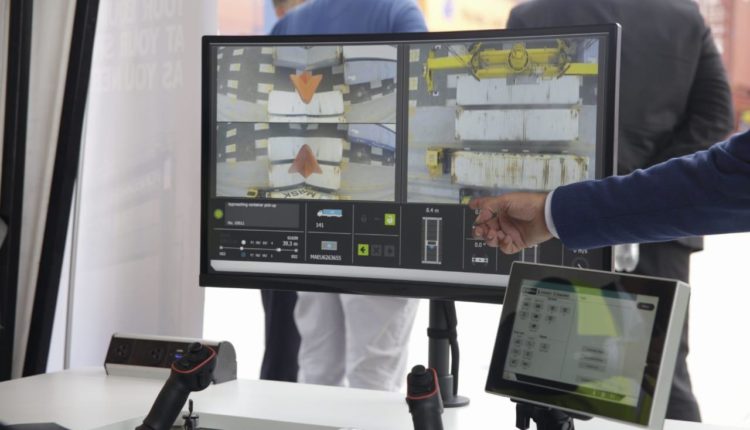The future is now! This phrase seems like a slogan, but it really sums up what happens at the terminals of the Port of Cartagena Group after the first remotely controlled RTG cranes start operating, which will operate initially at Contecar Terminal.
This effort seeks to optimize the operations in the port, within the framework of a comprehensive automation plan whose purpose is to avoid downtime of operation to reach a continuous standard of work and, thus, greater efficiency in the service to international trade.
This is a new concept: “Productivity of the Containers”, presented by Eduardo Bustamante, Director of Operations of the Port of Cartagena Group, in one of the TOC AMÉRICAS 2019 conferences, at the conference specialized in automation.
The concept is based on two factors, ergonomics and productivity, which seek to offer conditions of adaptability to the load and efficiency in handling it, with the goal of reaching an indicator of 40 container movements per hour.
The process is developed in partnership with the firm specialized in industrial automation Konecranes, whose product manager, Sami Piittisjärvi, accompanied Bustamante in the presentation.
The development of this technology implies a complex exercise of integration of the operating system with which the cranes are handled and an ambitious training plan for the crane operator team, given the new skills needed.
This optimization in the use of the RTG crane fleet also represents a notable improvement in the general processes of the port, because all activity is energized, linking trucks and other types of cranes that are integrated into the operation.
“These are different machines talking with each other to group the containers in safe points and easy to pick up for next movements,” explained the engineer Bustamante.
The Port of Cartagena Group operates in its terminals a total of 70 RTG cranes, 42 in Contecar and the remaining 28 in the Sociedad Portuaria Cartagena Terminal , which reach a mobilization capacity that today reaches five million containers per year.
Source: Sociedad Portuaria Cartagena





